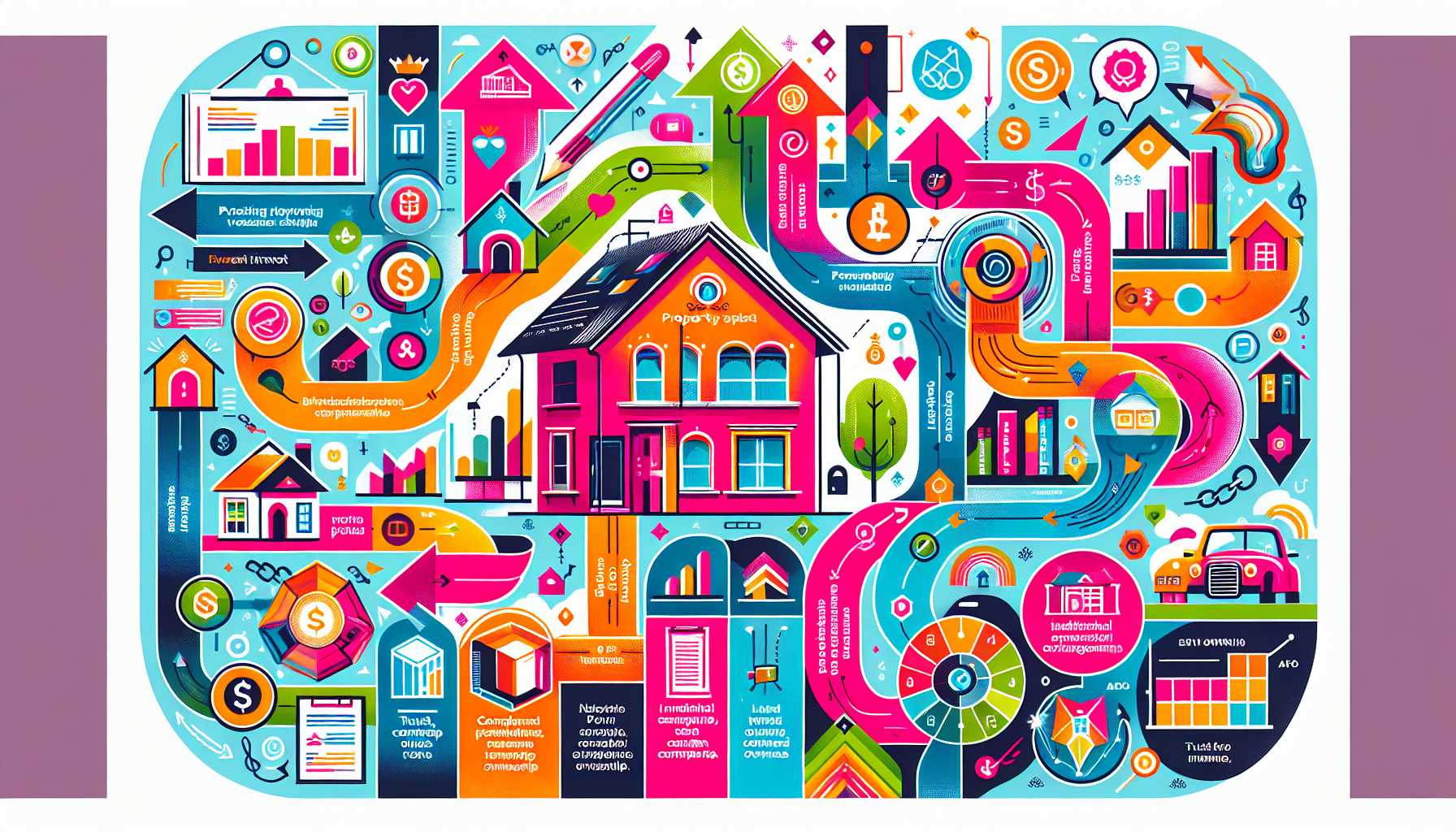How to find the right car loan for you?
Getting the wrong car loan for your situation can be a very costly mistake, which could possibly affect other areas of your ability to obtain finance in the future.
It’s important to understand how to compare different car loan options and not just go with the first option presented to you by the car dealership, if you’re buying a new car.
Here are some tips that have helped our customers save thousands of dollars in fees and interest and enabled them to buy the car they want without all the stress.
Start the finance process as soon as you can
Once you’ve made up your mind on buying a car, this is the moment you should be starting a conversation with a broker or lender regarding your car loan options.
If you start the finance process first, instead of start looking for your car, you’ll avoid the stress and anxiety of waiting for your finance to be approved in order to secure your purchase.
During these type of situation, you’re likely to be more susceptible to pressure, whether it’s from the dealership or the person arranging finance for you because you want to get the finance as soon as possible so you don’t pay attention to what you’re actually getting.
The only thing you’re concerned about is when can you pick up your car.
This is why it’s important to never rush the finance process so you can understand all your options and give yourself the best chance of choosing the right loan for your situation.
How can a broker help with my car loan?
Car loan brokers can work out how much you can borrow based on your income and expenses and they can give you different scenarios depending on how much deposit you can contribute.
Working out a repayment amount based on your deposit and the purchase price of the car is very important to ensure that the repayment is manageable for you.
In addition to this, there isn’t a car loan product that suits all people and situations. Which is why it is important to understand what type of car loan product is more favourable for your situation.
Brokers have access to different car loan providers and their products, so you know they’re not just representing one lender or product and trying to convince you that it is the best thing since slice bread!
For example, there are variable car loans and fixed rate car loans. A variable car loan means that the rate can change but usually has the benefit of allowing you to make extra repayments and there’s no penalty if you are to pay off the loan early.
While fixed rate car loans has a set interest rate for the term of the loan and there are penalties if you pay off the loan before the loan term expires or if you can make extra repayments.
What is a residual or balloon payment?
A residual or balloon payment is a lump sum amount that needs to be paid to the lender or financier as the final payment of your car loan.
The purpose of a residual or balloon is to help you reduce your minimum monthly repayment amount so you can manage your repayments without any issues.
There are limits set by the lender or financier on what the maximum percentage the residual or balloon can be depending on the type of vehicle and whether it’s brand new or used.
If in the event you plan to sell your vehicle after you pay off your car loan, then you should be setting the balloon or residual amount to be lower than what you predict the market value of the car will be if you were to sell it or trade it in. Otherwise, you will need to make up the difference in order to pay off and close your car loan.
How do I compare different car loan options?
The number one rule when comparing different car loan options is to ensure you are comparing apples to apples. This means you are comparing the total cost of the loan based on the upfront and ongoing fees, the interest rate, the loan term.
Some car loans may have a lower interest rate but the have higher upfront fees and/or ongoing fees.
One of the best ways to compare car loans is to work out what is the total cost of having this loan.
You can do this by adding up all the fees and charges and add up all the monthly repayments over the term of the loan to arrive at the total cost.
For example:
A car loan for $20,000 to purchase a $20,000 car has $1000 upfront application fee and $10/month account keeping fee with an interest rate of 8% over 5 years.
The monthly repayment is $405.
So the total cost of this car loan will be:
$405 x 12 months x 5 years = $24,300 + $1000 upfront fees + $600 in monthly fees for 5 years.
That comes to a total cost of $25,900.
Therefore, the cost of borrowing $20,000 over 5 years is equal to $5900.




